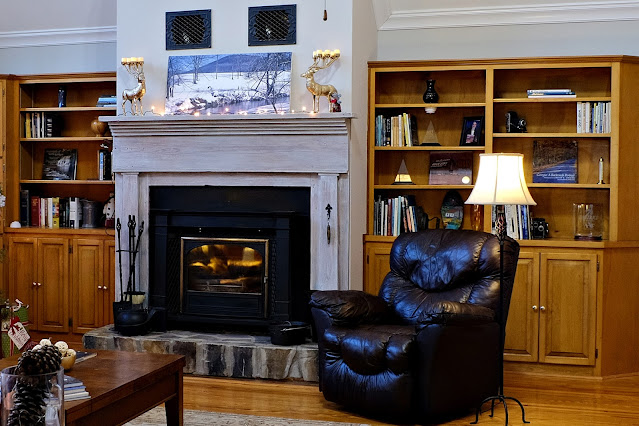Rob, Louise, and baby Donny, 1968
Is it art? Probably not, but it's my all-time favorite
photograph. Taken with an old Polaroid roll-film camera.
Bob F. commented recently that "We have plenty of technical image quality but most of us don't achieve much artistic quality."
I don't think the march of photographic technology has done much to advance the art of photography. In fact, I think most photographers are looking in the wrong place. Artistic quality does not come out of a camera, it goes into a camera. Buying a better camera will not make me an artist. Or even a better photographer.
"Photography is not art; it is photography." So said Edward Steichen, one of the seminal photographers in the history of the medium. (At least I think it was Steichen. I remember the quote, but can't find it.)
I agree with his statement, yet it cannot be denied that some photographs are art and some photographers are artists.
What about me? Are my photographs art? Are yours?
Well, a few of them may be, just possibly. So does that make me an artist? Or you? No, that just makes us lucky. To be considered an artist we would need to produce a reasonable quantity of photographs that rise to the status of art, and do so over a reasonable period of time. Preferably a lifetime. That's the standard by which we accord people like Andre Kertesz and Walker Evans the title of artists.
It also helps if you're dead. Because the final test of whether one's work is truly art is whether it endures. The composer Salieri was considered an artist in his day, yet history buried him, and although I have a good education in classical music I had never heard of him until he was exhumed for the movie Amadeus. Mozart, the hero of that movie, lives on in his music; still considered some of the greatest ever composed.
For some of us this probably doesn't matter. We're happy just making snapshots of our families and the things that interest us. And the funny thing is that history may consider some of those snaps art, while much of the work of the so-called "art photographers" will likely be buried. Just like Salieri's music.
So what can we do, assuming this matters to us?
My own approach is to always seek to work in an artistic manner, with artistic intent. Will it ultimately matter? Probably not, but this is what gives me the most satisfaction.
And history will be the judge. Not that I'll be around to reap the kudos. (And history will not ask what camera I used.)
Blog Note: I post Monday, Wednesday, and Friday mornings at alifeinphotography.blogspot.com. I'm trying to build up my readership, so if you're reading this on Facebook and like what I write, would you please consider sharing my posts?
(Photograph copyright David B. Jenkins 2020)
Soli Gloria Deo
To the glory of God alone






















